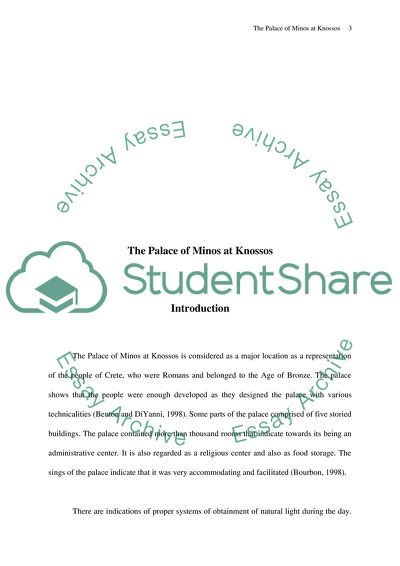Cite this document
(The Palace of Minos at Knossos Case Study Example | Topics and Well Written Essays - 2000 words, n.d.)
The Palace of Minos at Knossos Case Study Example | Topics and Well Written Essays - 2000 words. Retrieved from https://studentshare.org/architecture/1548592-the-palace-of-minos-at-knossos
The Palace of Minos at Knossos Case Study Example | Topics and Well Written Essays - 2000 words. Retrieved from https://studentshare.org/architecture/1548592-the-palace-of-minos-at-knossos
(The Palace of Minos at Knossos Case Study Example | Topics and Well Written Essays - 2000 Words)
The Palace of Minos at Knossos Case Study Example | Topics and Well Written Essays - 2000 Words. https://studentshare.org/architecture/1548592-the-palace-of-minos-at-knossos.
The Palace of Minos at Knossos Case Study Example | Topics and Well Written Essays - 2000 Words. https://studentshare.org/architecture/1548592-the-palace-of-minos-at-knossos.
“The Palace of Minos at Knossos Case Study Example | Topics and Well Written Essays - 2000 Words”, n.d. https://studentshare.org/architecture/1548592-the-palace-of-minos-at-knossos.


